U.S. Women's History Project

U.S. Women's History Project
Learn more about Women's History in the U.S. here, and be sure to check out the additional links for more info!
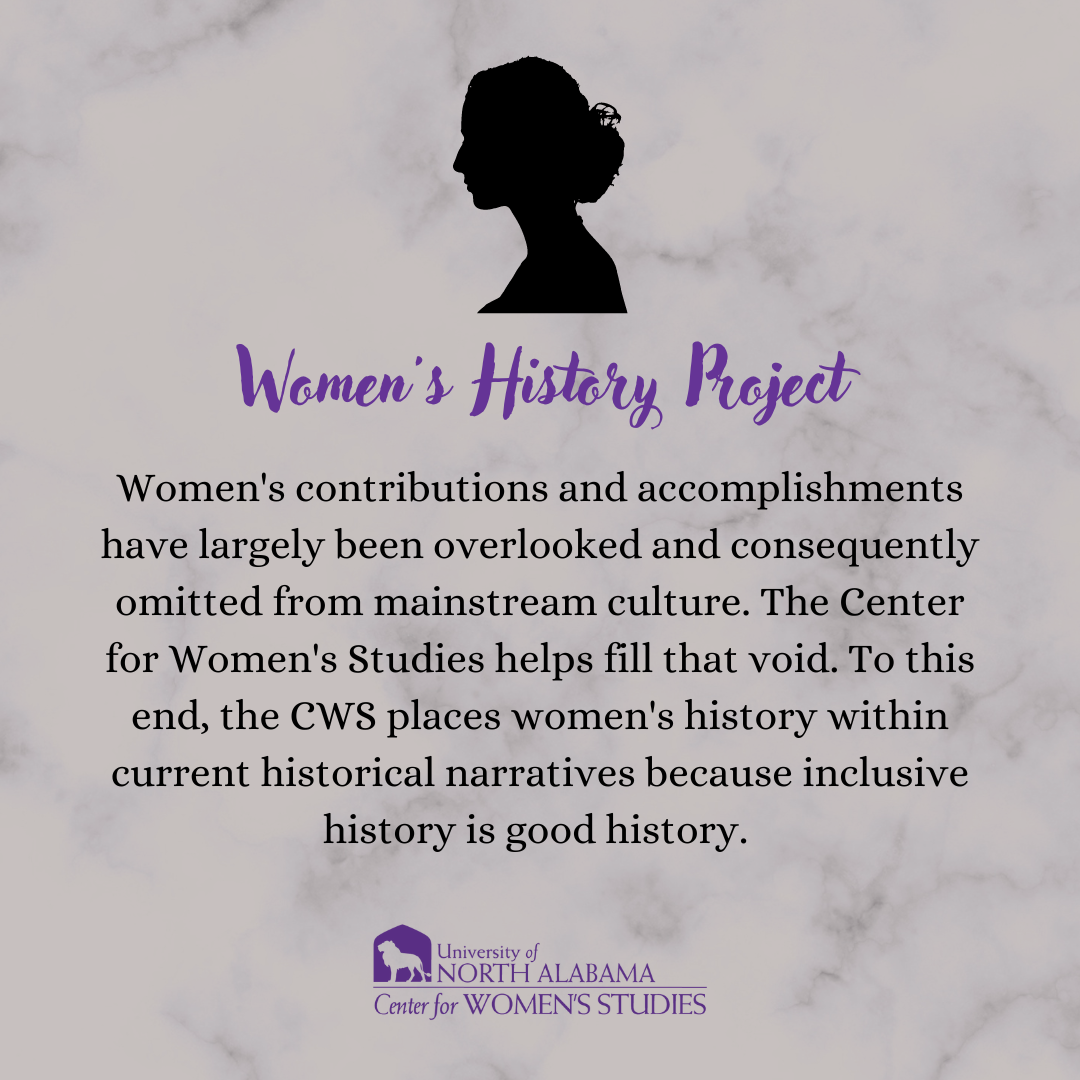
Women's History in the U.S.
Explore the timeline to learn about women making history.
Sources
We give credit and thanks to the following websites where we found this information.
https://www.infoplease.com/spot/womens-rights-movement-us/
http://www.nwhp.org/resources/womens-rights-movement/detailed-timeline/
-
The first sexually integrated jury hears cases in Albany, New York.
-
The first women's rights convention is held in Seneca Falls, New York. After 2 days of discussion and debate, 68 women and 32 men sign a Declaration of Sentiments, which outlines grievances and sets the agenda for the women's rights movement. A set of 12 resolutions is adopted calling for equal treatment of women and men under the law and voting rights for women.
-
The first National Women's Rights Convention takes place in Worcester, Mass., attracting more than 1,000 participants. National conventions are held yearly (except for 1857) through 1860.
-
Susan B. Anthony and Elizabeth Cady Stanton form the National Woman Suffrage Association. The primary goal of the organization is to achieve voting rights for women by means of a Congressional amendment to the Constitution.
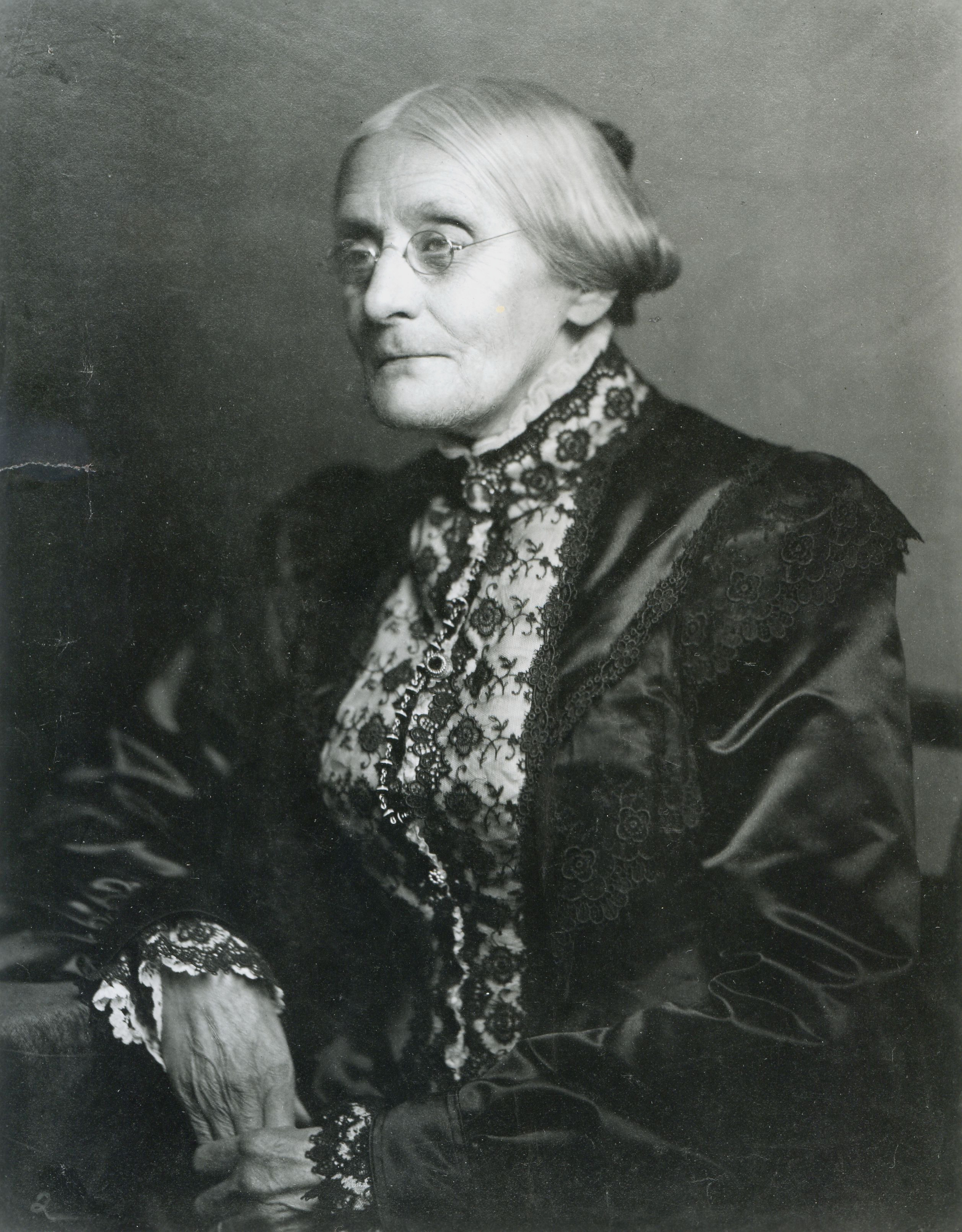
Lucy Stone, Henry Blackwell, and others form the American Woman Suffrage Association. This group focuses exclusively on gaining voting rights for women through amendments to individual state constitutions.
The territory of Wyoming passes the first women's suffrage law. The following year, women begin serving on juries in the territory. -
Bradwell v. Illinois, 83 U.S. 130 (1872): The U.S. Supreme Court rules that a state has the right to exclude a married woman (Myra Colby Bradwell) from practicing law.
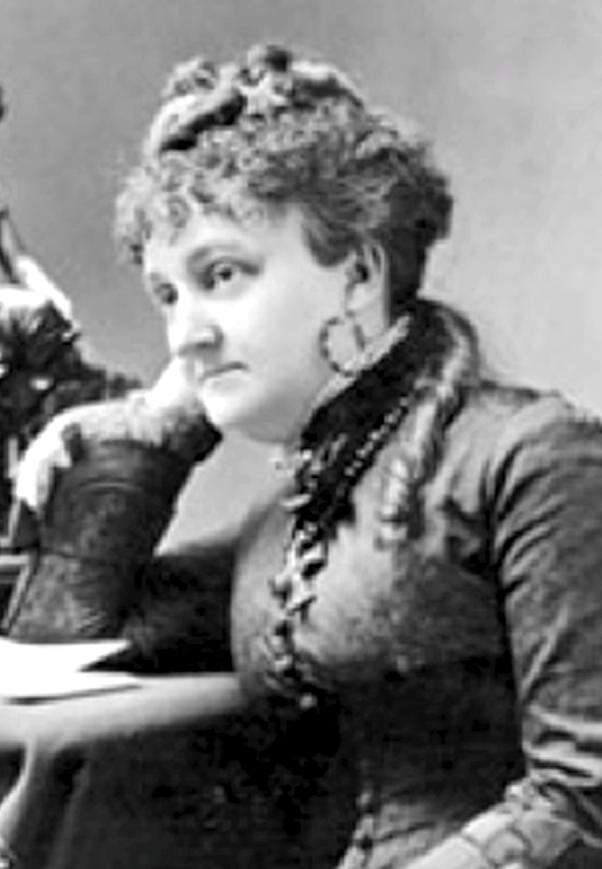
-
Minor v. Happersett, 88 U.S. 162 (1875): The U.S. Supreme Court declares that despite the privileges and immunities clause, a state can prohibit a woman from voting. The court declares women as “persons,” but holds that they constitute a “special category of _nonvoting_ citizens.”
-
The National Women Suffrage Association and the American Women Suffrage Association merge to form the National American Woman Suffrage Association (NAWSA). As the movement's mainstream organization, NAWSA wages state-by-state campaigns to obtain voting rights for women.
The first state (Wyoming) grants women the right to vote in all elections. -
Colorado is the first state to adopt an amendment granting women the right to vote. Utah and Idaho follow suit in 1896, Washington State in 1910, California in 1911, Oregon, Kansas, and Arizona in 1912, Alaska and Illinois in 1913, Montana and Nevada in 1914, New York in 1917; Michigan, South Dakota, and Oklahoma in 1918.
-
The National Association of Colored Women is formed, bringing together more than 100 black women's clubs. Leaders in the black women's club movement include Josephine St. Pierre Ruffin, Mary Church Terrell, and Anna Julia Cooper.
-
By now, every state has passed legislation modeled after New York’s Married Women’s Property Act (1848), granting married women some control over their property and earnings.
-
Muller v. State of Oregon, 208 U.S. 412 (1908): The U.S. Supreme Court upholds Oregon’s 10-hour workday for women. The win is a two-edged sword: the protective legislation implies that women are physically weak.
-
The National Women's Trade Union League (WTUL) is established to advocate for improved wages and working conditions for women.
-
Alice Paul and Lucy Burns form the Congressional Union to work toward the passage of a federal amendment to give women the vote. The group is later renamed the National Women's Party. Members picket the White House and practice other forms of civil disobedience.
-
Margaret Sanger opens the first U.S. birth-control clinic in Brooklyn, N.Y. Although the clinic is shut down 10 days later and Sanger is arrested, she eventually wins support through the courts and opens another clinic in New York City in 1923.
-
New York v. Sanger, 222 NY 192, 118 N.E. 637 (Court of Appeals 1917), National Archives, Records of the U.S. Supreme Court, RG 267 (MSDME-CDS C 15:298). Margaret Sanger wins her suit in New York to allow doctors to advise their married patients about birth control for health purposes.
-
The federal woman suffrage amendment, originally written by Susan B. Anthony and introduced in Congress in 1878, is passed by the House of Representatives and the Senate. It is then sent to the states for ratification.
-
The Women's Bureau of the Department of Labor is formed to collect information about women in the workforce and safeguard good working conditions for women.
The 19th Amendment to the Constitution, granting women the right to vote, is signed into law by Secretary of State Bainbridge Colby. -
Margaret Sanger founds the American Birth Control League, which evolves into the Planned Parenthood Federation of America in 1942.
-
National Woman’s Party proposes Constitutional amendment: “Men and women shall have equal rights throughout the United States and in every place subject to its jurisdiction. Congress shall have power to enforce this article by appropriate legislation.”
-
American Indian suffrage granted by act of Congress.
-
Mary McLeod Bethune organizes the National Council of Negro Women, a coalition of black women's groups that lobbies against job discrimination, racism, and sexism.
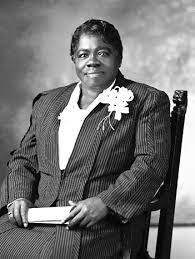
-
The Fair Labor Standards Act establishes minimum wage without regard to sex.
-
The federal law prohibiting the dissemination of contraceptive information through the mail is modified and birth control information is no longer classified as obscene. Throughout the 1940s and 50s, birth control advocates are engaged in numerous legal suits.
-
The Daughters of Bilitis (DOB), the first lesbian organization in the United States, is founded. Although DOB originated as a social group, it later developed into a political organization to win basic acceptance for lesbians in the United States.
-
The Food and Drug Administration approves birth control pills.
-
President John Kennedy establishes the President's Commission on the Status of Women and appoints Eleanor Roosevelt as chairwoman. The report issued by the Commission in 1963 documents substantial discrimination against women in the workplace and makes specific recommendations for improvement, including fair hiring practices, paid maternity leave, and affordable child care.
-
Betty Friedan publishes her highly influential book The Feminine Mystique, which describes the dissatisfaction felt by middle-class American housewives with the narrow role imposed on them by society. The book becomes a best-seller and galvanizes the modern women's rights movement.

The Equal Pay Act is passed by Congress, promising equitable wages for the same work, regardless of the race, color, religion, national origin or sex of the worker. -
Title VII of the Civil Rights Act bars discrimination in employment on the basis of race and sex. At the same time it establishes the Equal Employment Opportunity Commission (EEOC) to investigate complaints and impose penalties.
-
Weeks v. Southern Bell, 408 F. 2d. 228 (5th Cir. 1969), marks a major triumph in the fight against restrictive labor laws and company regulations on the hours and conditions of women’s work, opening many previously male-only jobs to women.
In Griswold v. Connecticut, the Supreme Court strikes down the one remaining state law prohibiting the use of contraceptives by married couples. -
The National Organization for Women (NOW) is founded by a group of feminists including Betty Friedan. The largest women's rights group in the U.S., NOW seeks to end sexual discrimination, especially in the workplace, by means of legislative lobbying, litigation, and public demonstrations.

-
Executive Order 11246 prohibits sex discrimination by government contractors and requires affirmative action plans for hiring women.
-
California becomes the first state to adopt a "no fault" divorce law, which allows couples to divorce by mutual consent. By 1985 every state has adopted a similar law. Laws are also passed regarding the equal division of common property.
-
In Schultz v. Wheaton Glass Co., a U.S. Court of Appeals rules that jobs held by men and women need to be "substantially equal" but not "identical" to fall under the protection of the Equal Pay Act. An employer cannot, for example, change the job titles of women workers in order to pay them less than men.
-
Ms. Magazine is first published as a sample insert in New York magazine; 300,000 copies are sold out in 8 days. The first regular issue is published in July 1972. The magazine becomes the major forum for feminist voices, and cofounder and editor Gloria Steinem is launched as an icon of the modern feminist movement.
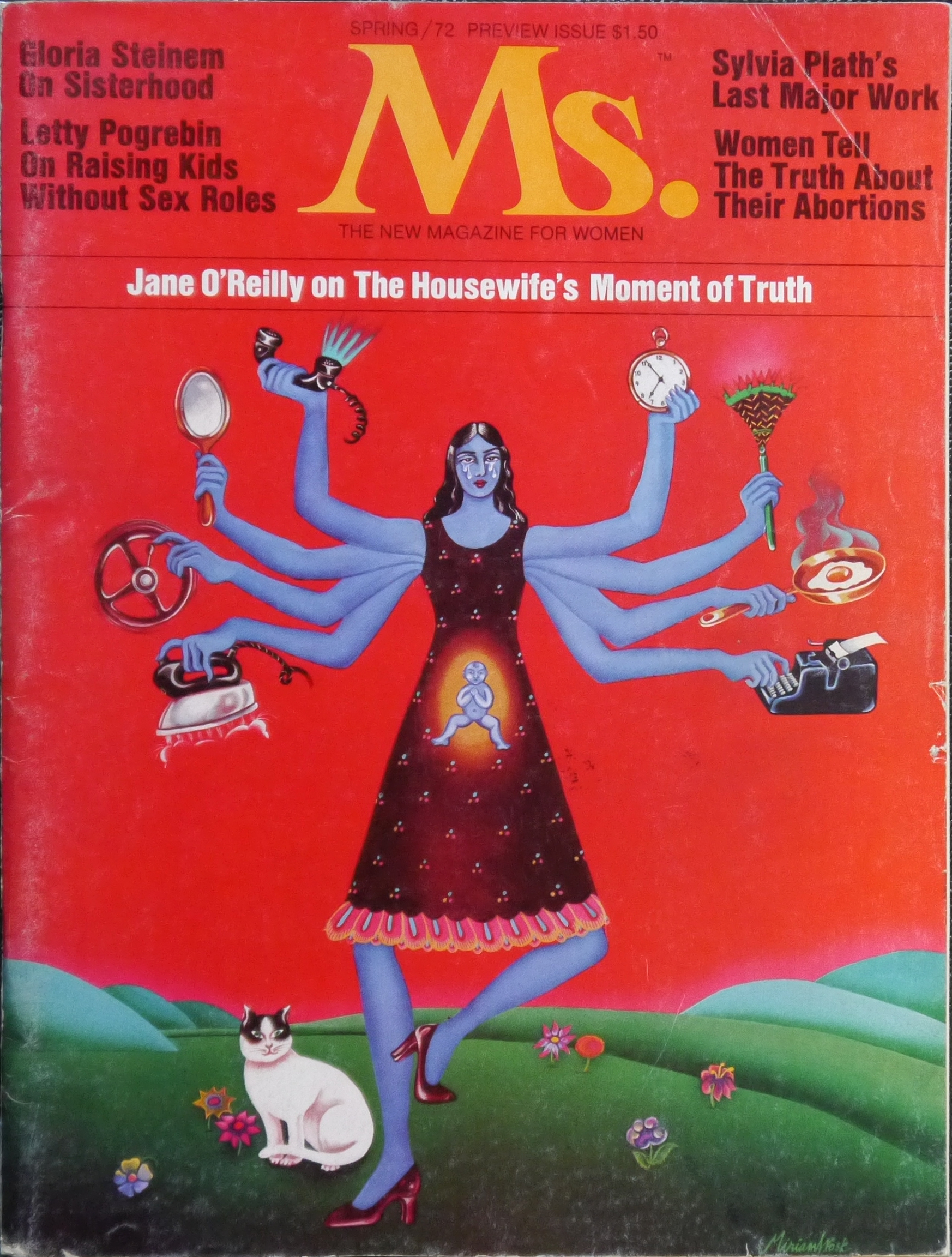
-
The Equal Rights Amendment (ERA) is passed by Congress and sent to the states for ratification. Originally drafted by Alice Paul in 1923, the amendment reads: "Equality of rights under the law shall not be denied or abridged by the United States or by any State on account of sex." The amendment died in 1982 when it failed to achieve ratification by a minimum of 38 states.
In Eisenstadt v. Baird the Supreme Court rules that the right to privacy includes an unmarried person's right to use contraceptives.
Title IX of the Education Amendments bans sex discrimination in schools. It states: "No person in the United States shall, on the basis of sex, be excluded from participation in, be denied the benefits of, or be subjected to discrimination under any educational program or activity receiving federal financial assistance." As a result of Title IX, the enrollment of women in athletics programs and professional schools increases dramatically. -
As a result of Roe v. Wade, the Supreme Court establishes a woman's right to safe and legal abortion, overriding the anti-abortion laws of many states.
-
Housing discrimination on the basis of sex and credit discrimination against women are outlawed by Congress.
The Equal Credit Opportunity Act prohibits discrimination in consumer credit practices on the basis of sex, race, marital status, religion, national origin, age, or receipt of public assistance.
In Corning Glass Works v. Brennan, the U.S. Supreme Court rules that employers cannot justify paying women lower wages because that is what they traditionally received under the "going market rate." A wage differential occurring "simply because men would not work at the low rates paid women" is unacceptable. -
Taylor v. Louisiana, 419 U.S. 522 (1975), denies states the right to exclude women from juries.
-
The first marital rape law is enacted in Nebraska, making it illegal for a husband to rape his wife.
General Elec. Co v. Gilbert, 429 U. S. 125 (1976), the Supreme Court upholds women’s right to unemployment benefits during the last three months of pregnancy. -
The Pregnancy Discrimination Act bans employment discrimination against pregnant women. Under the Act, a woman cannot be fired or denied a job or a promotion because she is or may become pregnant, nor can she be forced to take a pregnancy leave if she is willing and able to work.
-
Kirchberg v. Feenstra, 450 U.S. 455, 459-60, overturns state laws designating a husband “head and master” with unilateral control of property owned jointly with his wife.
-
EMILY's List (Early Money Is Like Yeast) is established as a financial network for pro-choice Democratic women running for national political office. The organization makes a significant impact on the increasing numbers of women elected to Congress.
The state of Mississippi belatedly ratifies the 19th Amendment, granting women the vote. -
Meritor Savings Bank v. Vinson, the Supreme Court finds that sexual harassment is a form of illegal job discrimination.
-
In Planned Parenthood v. Casey, the Supreme Court reaffirms the validity of a woman's right to abortion under Roe v. Wade. The case successfully challenges Pennsylvania's 1989 Abortion Control Act, which sought to reinstate restrictions previously ruled unconstitutional.
-
The Family and Medical Leave Act goes into effect.
-
The Violence Against Women Act tightens federal penalties for sex offenders, funds services for victims of rape and domestic violence, and provides for special training of police officers.
-
In United States v. Virginia, the Supreme Court rules that the all-male Virginia Military School has to admit women in order to continue to receive public funding. It holds that creating a separate, all-female school will not suffice.
-
In Jackson v. Birmingham Board of Education, the Supreme Court rules that Title IX, which prohibits discrimination based on sex, also inherently prohibits disciplining someone for complaining about sex-based discrimination. It further holds that this is the case even when the person complaining is not among those being discriminated against.

Hillary Clinton becomes the first First Lady to be elected to public office as a U.S. Senator from New York. Condoleezza Rice becomes the first black female Secretary of State.
Reauthorization of the Violence Against Women Act. The 2005 reauthorization allocates federal funds to aid victims, provides housing to prevent victims from becoming homeless, ensures victims have access to the justice system, and created intervention programs to assist children who witnessed domestic violence and to those at risk of domestic violence. -
The Supreme Court upholds the ban on the "partial-birth" abortion procedure. The ruling, 5–4, which upholds the Partial-Birth Abortion Ban Act, a federal law passed in 2003, is the first to ban a specific type of abortion procedure. Writing in the majority opinion, Justice Anthony Kennedy said, "The act expresses respect for the dignity of human life." Justice Ruth Bader Ginsburg, who dissents, called the decision "alarming" and said it is "so at odds with our jurisprudence" that it "should not have staying power."
-
Nancy Pelosi becomes the first female speaker of the House.
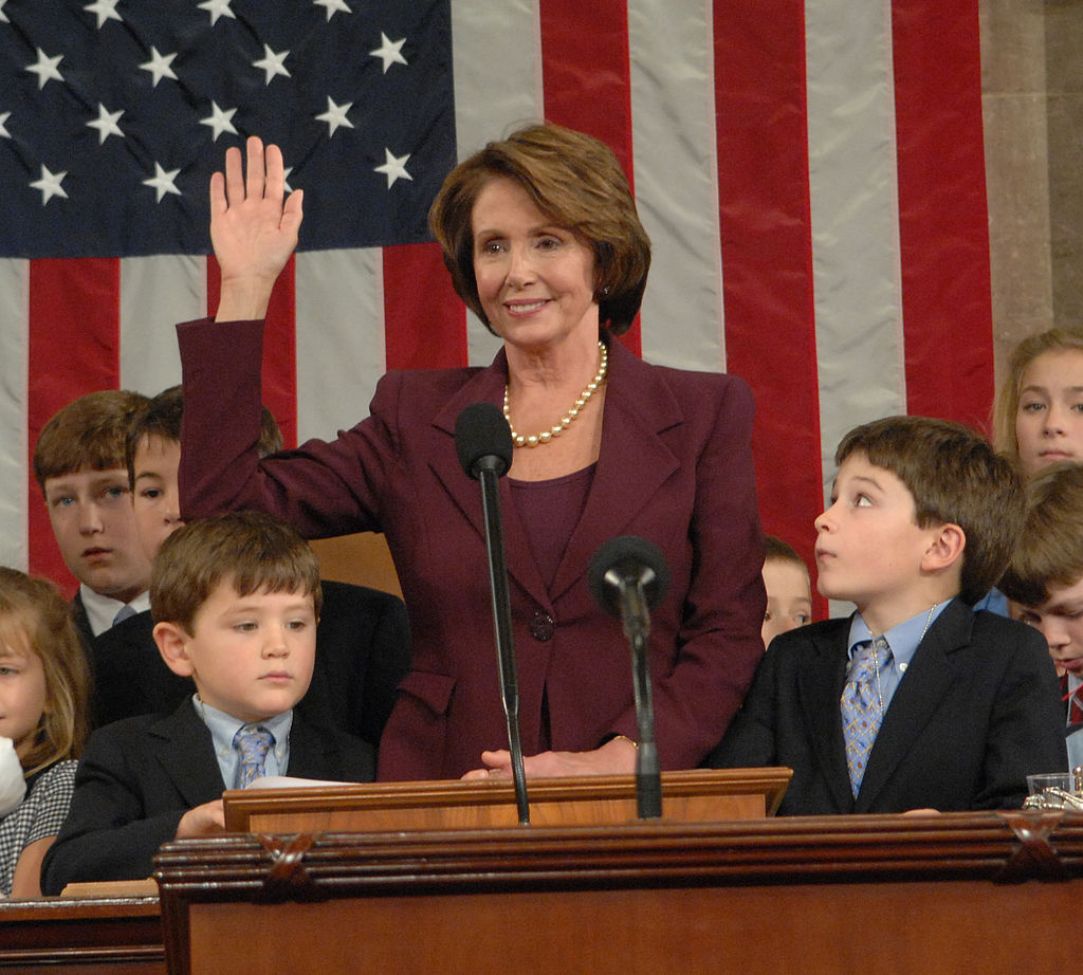
-
Hillary Clinton is the only First Lady to run for president.
-
President Obama signed the Lily Ledbetter Fair Pay Restoration Act, which allows victims of pay discrimination to file a complaint with the government against their employer within 180 days of their last paycheck. Previously, victims (most often women) were only allowed 180 days from the date of the first unfair paycheck. This Act is named after a former employee of Goodyear who alleged that she was paid 15–40% less than her male counterparts, which was later found to be accurate.
Hillary Clinton becomes Secretary of State on January 21, 2009. She is the third woman in U.S. history to hold this position. After four years, she stepped down.
Sonia Sotomayor is nominated as the 111th U.S. Supreme Court Justice. Sotomayor becomes the first Hispanic American and the third woman to serve.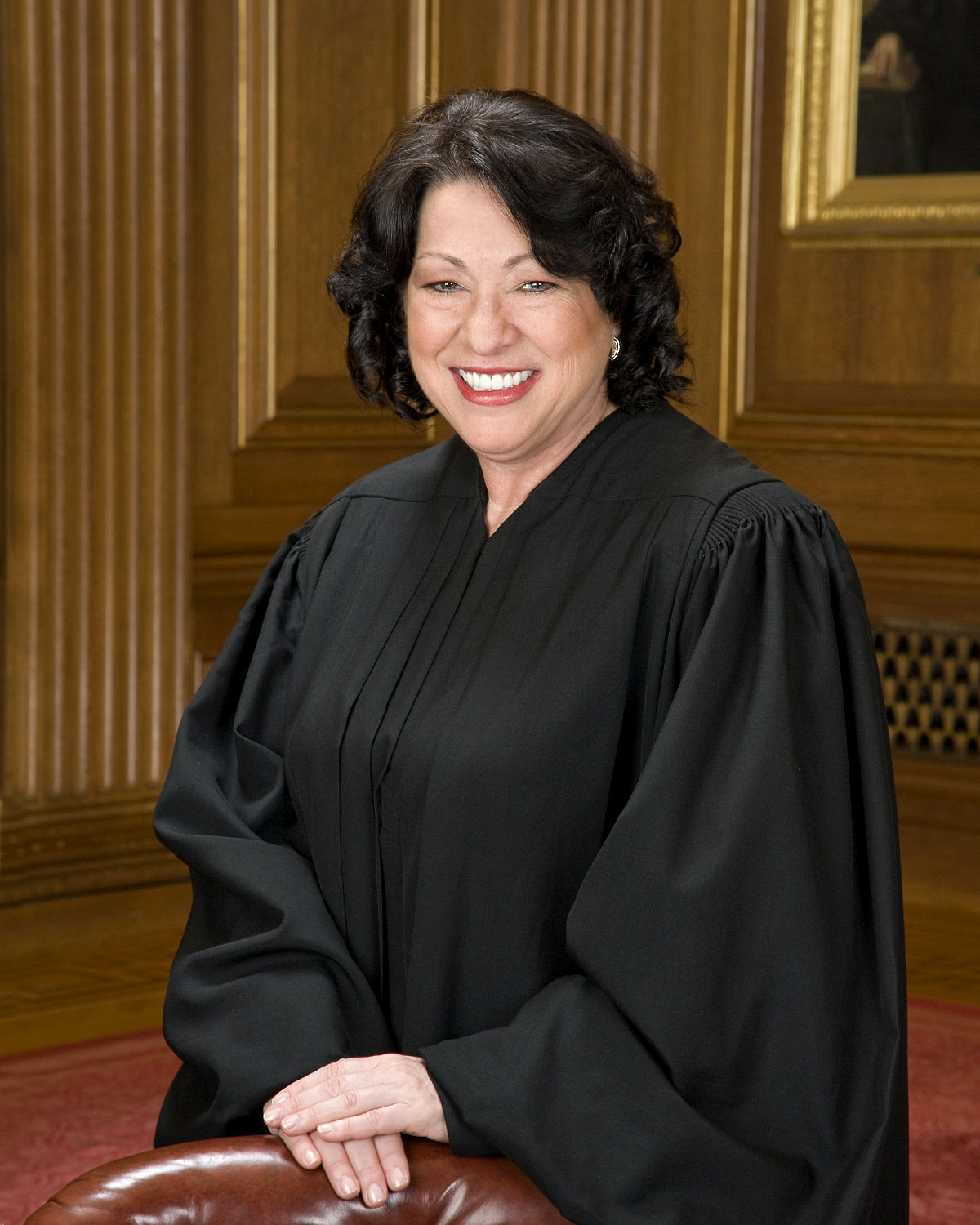
-
The Affordable Health Care Act is signed into law. Under this law, private health insurance companies must provide birth control without co-pays or deductibles. The law requires private insurance companies to cover preventive services.
Elena Kagan is confirmed to the Supreme Court of the United States; Kagan is the fourth female to serve on the Supreme Court.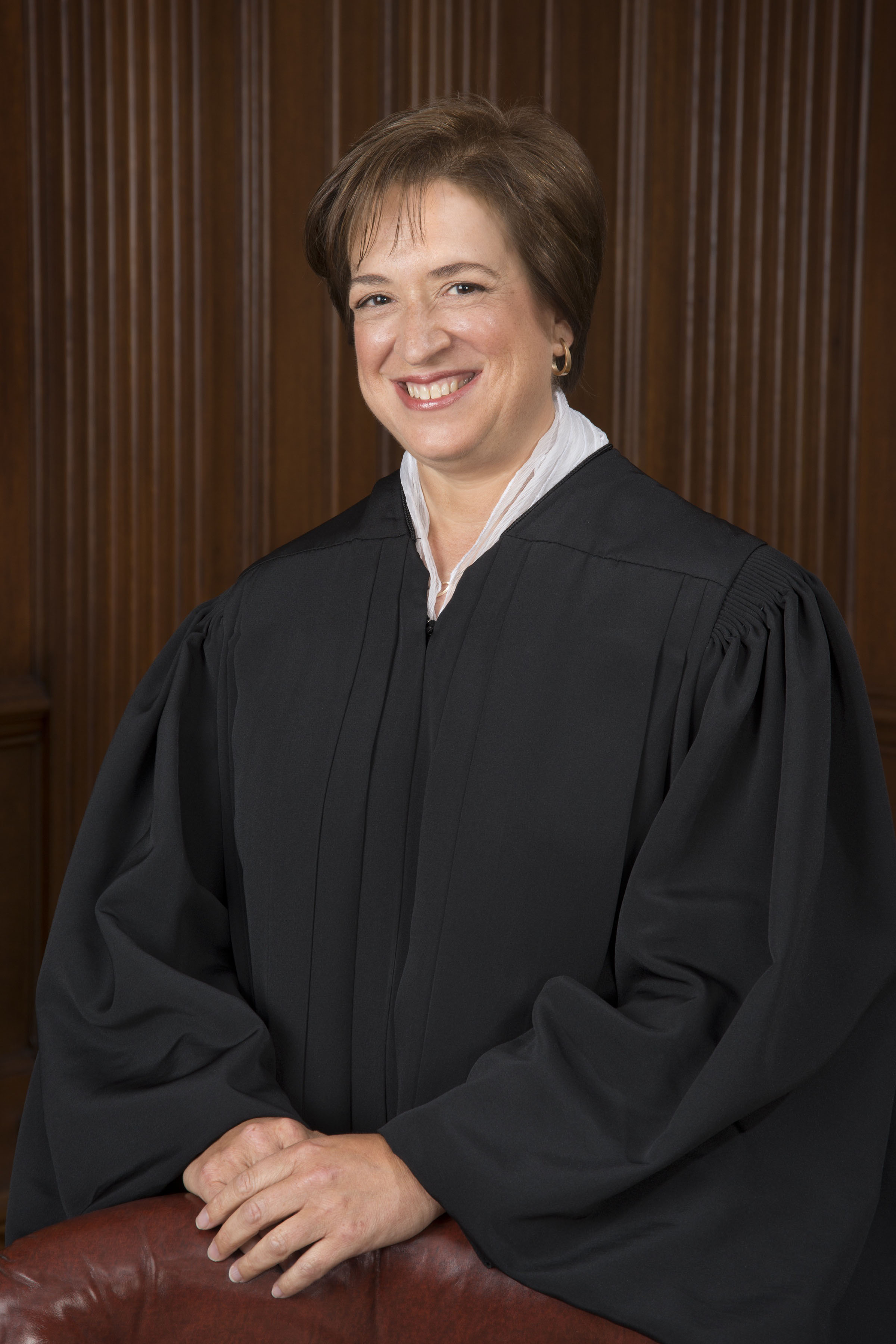
-
In Jan. 2013, Defense Secretary Leon Panetta announced that the ban on women serving in combat roles would be lifted. In a Jan. 9 letter to Panetta urging the change Joint Chiefs of Staff Chairman Gen. Martin Dempsey said, "The time has come to rescind the direct combat exclusion rule for women and to eliminate all unnecessary gender-based barriers to service." The move reverses the 1994 rule that prohibited women from serving in combat. The change will be gradual; some positions will be available to women immediately but each branch of the military has until 2016 to request exceptions to the new rule.
Reauthorization of the Violence Against Women Act (originally passed in 1994). The new bill enhances judicial and law enforcement tools to combat violence against women, provides support for victims, and extends coverage to young victims, immigrants, Indian women, and victims of trafficking.
United States v. Windsor 570, U.S. Supreme Court decides that a key part of DOMA, the law that restricts federal recognition of same-sex marriage, is unconstitutional because it violates the equal protection clause of the constitution. -
Obergefell v. Hodges, legal case in which the U.S. Supreme Court ruled (5–4) on June 26, 2015, that state bans on same-sex marriage and on recognizing same-sex marriages duly performed in other jurisdictions are unconstitutional under the due process and equal protection clauses of the Fourteenth Amendment to the U.S. Constitution.
-
Effective Jan. 2, 2016, women will be allowed to serve in any job in the armed services, provided they meet gender neutral performance standards. This move, initiated in 2013 and finalized under Defense Secretary Ash Carter, will open approximately 220,000 jobs to females.
In a 5–3 decision on June 27, 2016, the Supreme Court decides that a Texas law imposed on abortion clinics is unconstitutional and provides an unnecessary burden on women seeking abortions. The law was previously upheld and approved by lower courts but is now overturned by the Supreme Court. Conservative Justice Kennedy provided the fifth and essential vote, siding with the liberals. During the period of time that the Texas abortion law was in effect, abortion clinics in Texas dropped from 42 to 19, with more set to close. -
On January 21, 2017, in response to numerous factors—continued attempts by lawmakers to restrict access to abortions, persistent employment disparities, and contentious comments made by President Trump in a leaked video, among others—feminist activists from around the country organize a Women's March to advocate for women's rights. Despite some ideological conflicts between event organizers over inclusion and diversity, the nationwide protest begins to enormous success. Upwards of 3 million people turn out, marking one of the largest and most peaceful protests in U.S. history.
-
While we may not know what the future holds, we can be a part of the change. Everyone has a chance to make a difference, and even small changes have big effects!